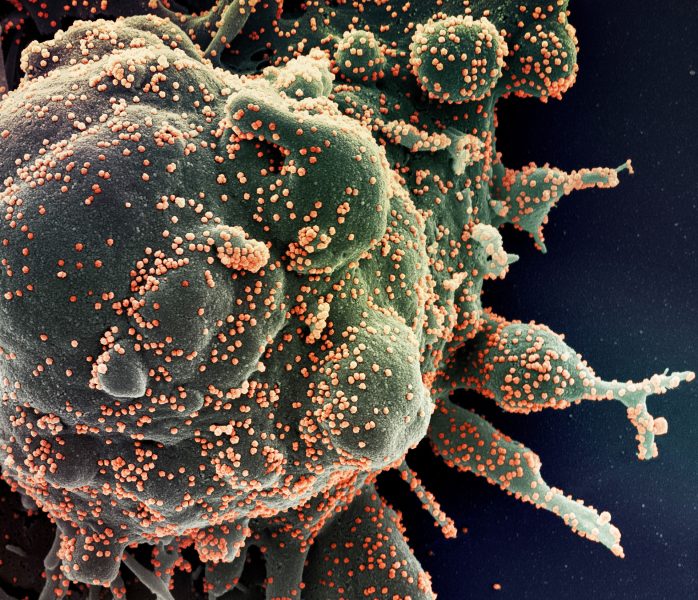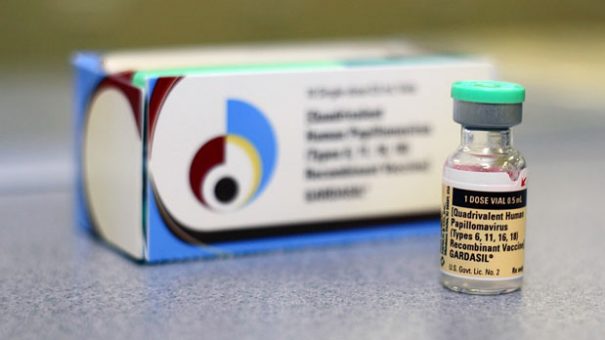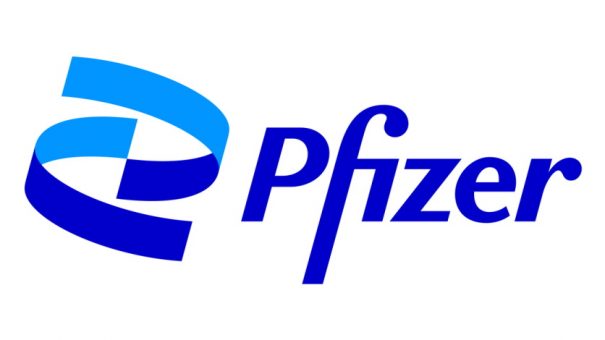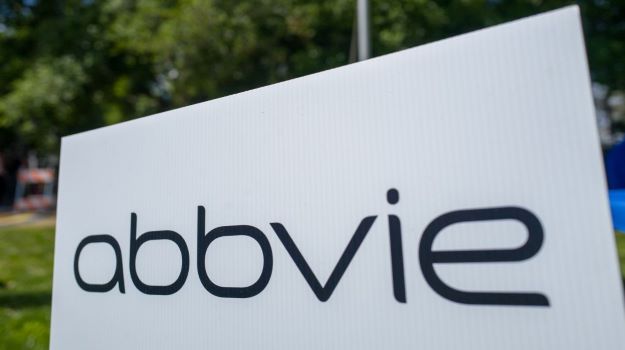Experts were less keen on variant-specific or multivariant Covid-19 vaccines owing to lack of practical value despite scientific rationale.

Need to know:
- In places where Covid-19 vaccines are easily accessible, many people who want to be vaccinated have already received their first two doses and even a booster. Manufacturers are now looking for ways to improve their vaccines.
- One way is by having a vaccine that is protective against Covid-19 and influenza. While available data so far supports the potential for positive efficacy and safety, how such a vaccine should be distributed needs clarification.
- Companies are also looking to have variant-specific or multivariant vaccines. But experts took issue with this approach because the original vaccine is still efficacious against more recent variants and so such a tweak may not be necessary. However, there is scientific value to these studies in the event of another pandemic risk by another similar virus.
Moderna and Novavax’s Covid-19 and influenza combination vaccine draws expert enthusiasm for efficacy owing to the former’s mRNA vaccine technology and the latter’s noninferior data for its standalone protein subunit flu vaccine. They were less enthusiastic about Moderna and Pfizer/BioNTech’s investigation for variant-specific or multivariant Covid-19 vaccines, noting nebulous commercial or practical value despite the studies having scientific importance.
Regarding the Covid-19/flu vaccines, the assets featuring two antigens should not interfere with each other’s efficacy when combined, and their side-effect profiles should be similar to standalone versions. The one notable caveat with this approach is that while flu has a predictable annual seasonality, the same cannot be said so far with Covid-19, which can make it tricky to pinpoint ideal distribution timelines for the combo. Novavax’s Phase I/II combo vaccine study (NCT04961541) has data expected in April, while Moderna is still in preclinical stage.
As for variant-specific or multivariant Covid-19 mRNA vaccines, the lack of expert enthusiasm is due to data from the current crop of vaccines showing they are still efficacious against recent variants of concern. Also, by the time a vaccine is tweaked to feature the most recent variant, there is the risk that the variant would no longer be prevalent in the community. Nonetheless, there is scientific rationale to these studies to demonstrate existing vaccine technologies can be adapted for future variants.
Moderna’s variant-specific vaccines are targeting Beta, Delta, or Omicron and the multivariant shot zeroing in on both Beta and Delta in a Phase II/III trial (NCT04927065). Pfizer/BioNTech are targeting Alpha/Delta in Phase II (NCT05004181). The Pfizer/BioNTech trial is estimated to end in April, while Moderna’s trial conclusion is expected March 2023.
Covid-19, flu combo vaccine has advantages
A Covid-19/flu vaccine is attractive as it combines two preventive approaches into one, says Dr William Schaffner, an infectious diseases professor at Vanderbilt University. The combo can reduce vaccine hesitancy and ease the public’s fatigue towards vaccinations, explains Rodney Rohde, PhD, chair and professor, Clinical Laboratory Science Program at Texas State University.
Novavax’s protein subunit combo vaccine features its yet-to-be US-authorised Covid-19 vaccine Nuvaxovid and its Phase III seasonal flu vaccine NanoFlu. Meanwhile, Moderna’s combo vaccine features its FDA-approved Covid-19 vaccine Spikevax and its seasonal flu vaccine mRNA-1010, with the latter standalone vaccine’s furthest study being a Phase I/II trial (NCT04956575).
Superiority ideal for flu element
For these combo vaccines to solidify their real-world value, experts say their flu vaccine element should improve upon available standalone flu vaccines. Existing flu vaccines typically offer 40–60% protection. The combo vaccine should have at least 60% of protection for better uptake, Rohde says.
mRNA technology draws enthusiasm
It’s only recently that mRNA technology started being investigated for flu and the shift is due to the success of Covid-19 mRNA vaccines, says Dr Reynold Panettieri, Jr, Vice Chancellor, Rutgers Institute for Translational Medicine and Science. And the mRNA technology has potential in increasing the efficacy of existing influenza vaccines, explains Rohde.
Moderna’s standalone mRNA-1010 flu vaccine produced positive interim Phase I data showing boosted influenza antibody titres in the participants ages 18 and older. Novavax preclinical data shows its combo vaccine produced high titre influenza haemagglutination inhibiting (HAI) antibody response to a viral infection, neutralising antibodies against influenza A and B strains, and maintained protection against SARS-CoV-2.
Yet such positive preclinical data does not guarantee the same results in human trials, Rohde says. The human immune system responds differently to dosing, the tested drugs have different interference with human proteins and enzyme kinetics, as well as the effects of antibody response longevity when compared to laboratory animals, he explains.
Unknown seasonality
The two combos should also demonstrate that the efficacy of its Covid-19 vaccine element should not be compromised by the added flu vaccine, Panettieri says. Reduced efficacy when combined is a valid concern that would affect its marketability, Rohde explains. Reassuringly, there are no examples of less-efficacious combo vaccines that are still distributed versus any standalone counterparts, he notes.
The combo vaccines are likely to have similar side effects to standalone versions, such as soreness, muscle fatigue, fever, and nausea, Rohde adds. So far, existing combo vaccines are as safe as standalone versions, Rohde and Panettieri note.
Nevertheless, if a combo vaccine is authorised, there are rollout issues that need to be addressed. There is an established seasonality to flu, which is why it is updated every year with a predictable schedule, adds John McCauley, director of the Worldwide Influenza Centre at the Francis Crick Institute.
Covid-19’s seasonality, while there is a trend for winter peaks, is still nebulous and there are still questions if people should be given a Covid-19 vaccine annually to address waning efficacy, or only when there is an aggressive new variant that significantly impacts vaccine efficacy. “You have to be really stringent and on top of your genomic surveillance. The world needs to continuously be looking at these strains and new variants,” Rohde says.
Value concerns over variant-specific vaccines
Meanwhile, efforts for variant-specific or multivariant Covid-19 mRNA vaccines are also underway. While the first crop of Covid-19 mRNA vaccines demonstrated at least 90% efficacy against the original variant, approaching this high level of efficacy will be challenging at present due to vaccination rates in the community, immunity from prior infections, as well as more aggressive variants. “Comparing previous and current immunogenicity data is like comparing apples to oranges,” Panettieri says.
Nonetheless, there is nebulous practical and commercial value to these variant-specific or multivariant Covid-19 vaccines considering the original vaccines are still robust against all variants, Panettieri says. “We have to be careful trying to perfect something that is not broken,” he says. Boosters reduced the morbidity and hospitalization of infected patients, he added. Three doses of original Pfizer and Moderna vaccines had 90% protection against severe disease caused by the Omicron variant, according to the UK’s Health Security Agency.
Further, by the time variant-specific or multivalent vaccines may be available in the market, the variants they are investigating against may no longer be circulating, a vaccine expert says. “You will always be chasing your tail to a degree,” he adds.
Instead, there should be more effort in improving vaccine distribution rather than improving upon a vaccine that is still efficacious, the vaccine expert says. Moderna has announced giving access to technology producing its Covid-19 vaccine to low- and mid-income countries, with BioNTech providing modular mRNA manufacturing facilities to improve vaccine supply in Africa.
Scientific rationale present
Nonetheless, there is still scientific value in investigating these variant-specific or multivalent vaccines as they might be valuable if we do need them in the future, says the vaccine expert. A Pfizer spokesperson says staying vigilant against the virus requires identifying new ways to protect as SARS-CoV-2 naturally evolves. Developing and investigating different approaches, should they be needed, are essential towards their goal, she adds.
Moderna has said previous research on SARS-CoV-1 and MERS enabled the company to rapidly respond to the Covid-19 pandemic. Moderna and Novavax did not respond to the comment request.
Moderna is only investigating its vaccine as a booster, while Pfizer and BioNTech are also studying their vaccine in vaccine-naïve people. While a significant number of people have received two doses, which argues for only investigating these as boosters, there are many people who are still vaccine-naïve, particularly in places that are harder to reach, he added.
Reassuringly, variant-specific or multivariant vaccines are unlikely to pose a higher side-effect risk than the original version, Schaffner says. The side effects are attributed to the technology of the vaccine and not the antigen, he explains.









